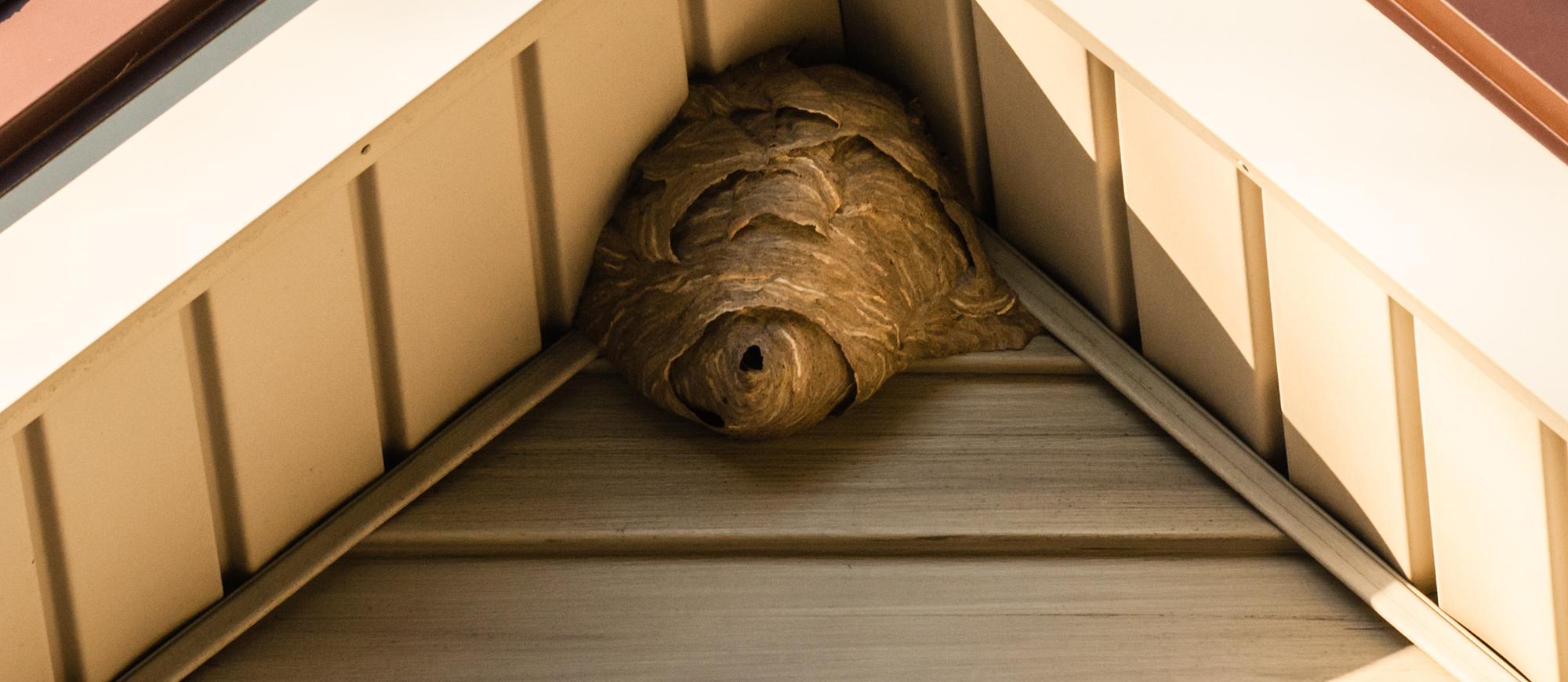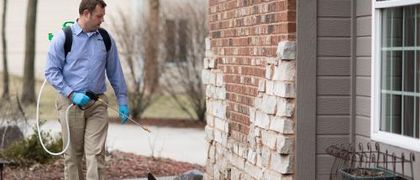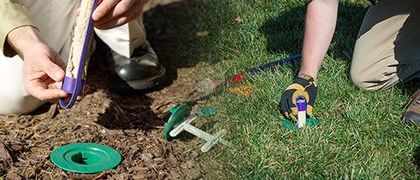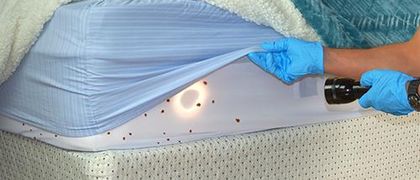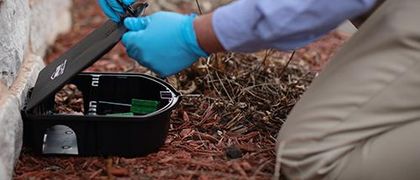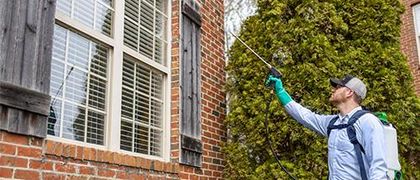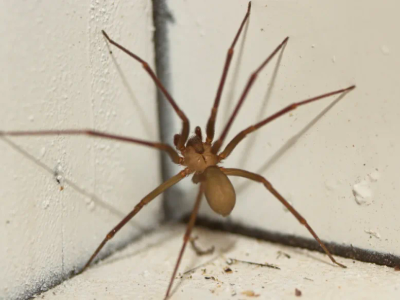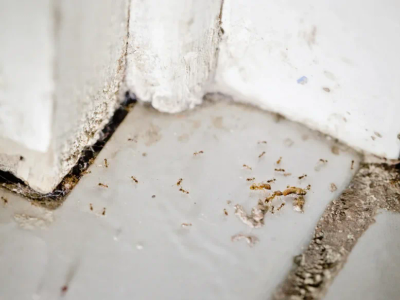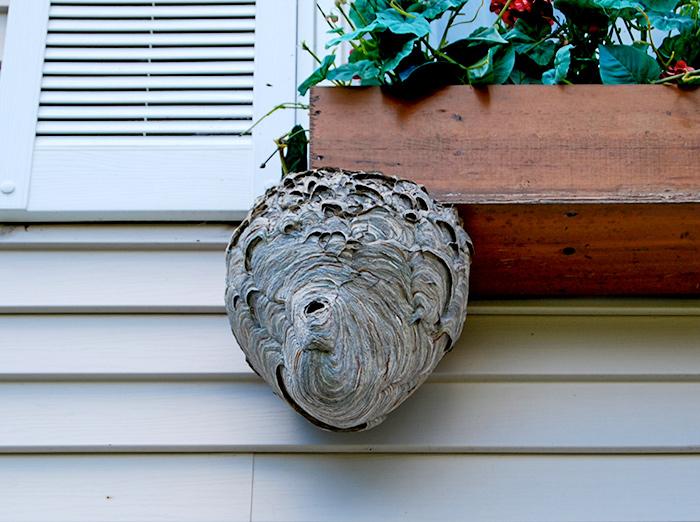
Miller Pest & Termite Gets Rid Of Stinging Pests Quickly
Stinging insects like wasps, yellow jackets, and hornets have their place, but it’s not in or near your home! Unfortunately, these pests can be dangerous when they decide to build a nest or hive too close to where you spend time, either outside or inside structures. If you’ve noticed stinging insects on your property, contact Miller in Des Moines, Kansas City, Leawood, and Omaha, as well as throughout the Midwest.
How We Treat Stinging Insects
Our Approach To Stinging Insect Control
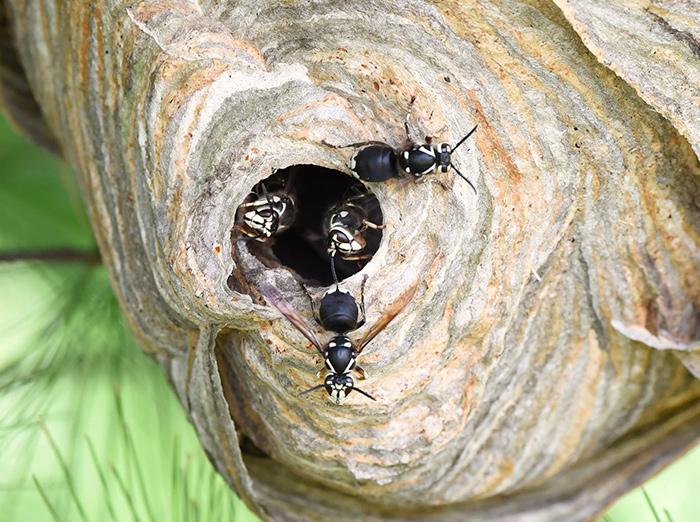
Stinging Insect Inspection
When you reach out for help getting rid of yellow jackets, wasps, or other stinging insects, we’ll send out a licensed pest control specialist to inspect for stinging insect activity in your home, on your home, and your property.

Stinging Insect Removal
Your specialist will go over the inspection results and recommend a treatment plan. Our stinging insect control services include:
- Yellow jacket removal
- Wasp removal
- Hornet removal
- Bee removal recommendation
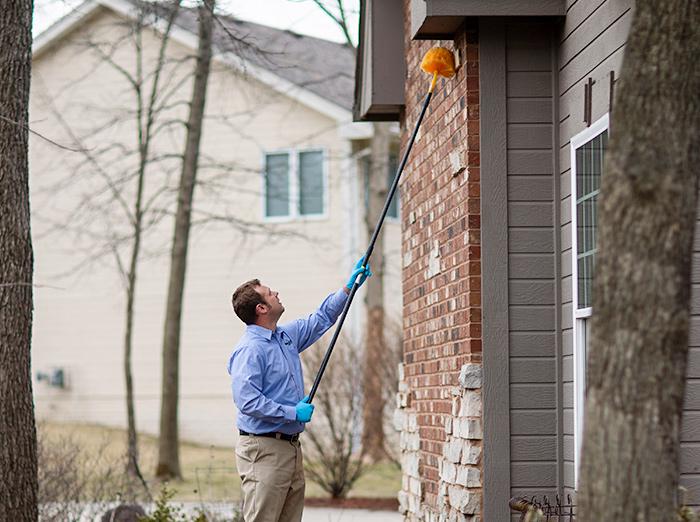
Follow-Up Service
Miller Pest & Termite will schedule a follow-up service to confirm your stinging insect problem has been completely resolved!
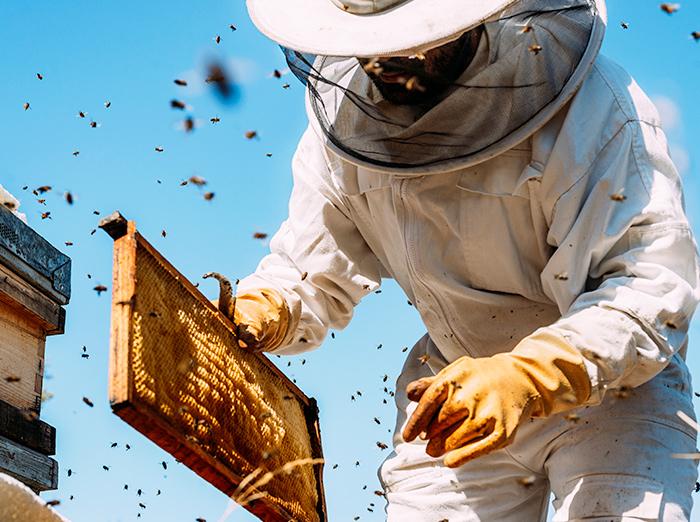
Bee Hive Removal
If our pest control specialist determines a colony of honey bees is set up on your property, we’ll ask you to work with a local beekeeper to safely remove the hive, as we do not treat honey bees. If the beehive poses a customer safety issue, Miller Pest & Termite will attempt to remove the nest and deliver it to a local beekeeper ourselves.
Free Quoteor call (515) 518-8864


Frequently Asked Questions
Stinging Insect Control FAQs
Stinging insects are active at the worst time of year. When the weather is nice, you want to spend time outdoors. Not only that, as the summer goes on, colonies will reach peak numbers, and when their natural food sources are depleted, workers will start foraging for food. Late summer and early fall are when Midwest property owners should pay even closer attention to stinging insects on their properties.
While a professional is your best and most effective option for stinging insect control, there are a few steps you can take to make your home safer against these dangerous pests.
To help make your home and yard less attractive to stinging insects, you can:
- Keep a tight-fitting lid or lock on all trash cans and compost bins around your home
- Clean up any leftover food or drinks after eating outside
- Keep trees, bushes, and shrubs off the exterior of your home
- Place tight-fitting caps on all chimneys—this helps keep rodents, wildlife, and other pests out as well
Common nesting sites include, but are not limited to:
- Attics
- Hollow tree trunks
- Underground in abandoned rodent burrows
- Inside HVACs
- Behind window shutters
- Treetops
- Under the edge of roofs
- Beneath decks and patios
- On playground equipment, swings and toys
Get Help Now!

